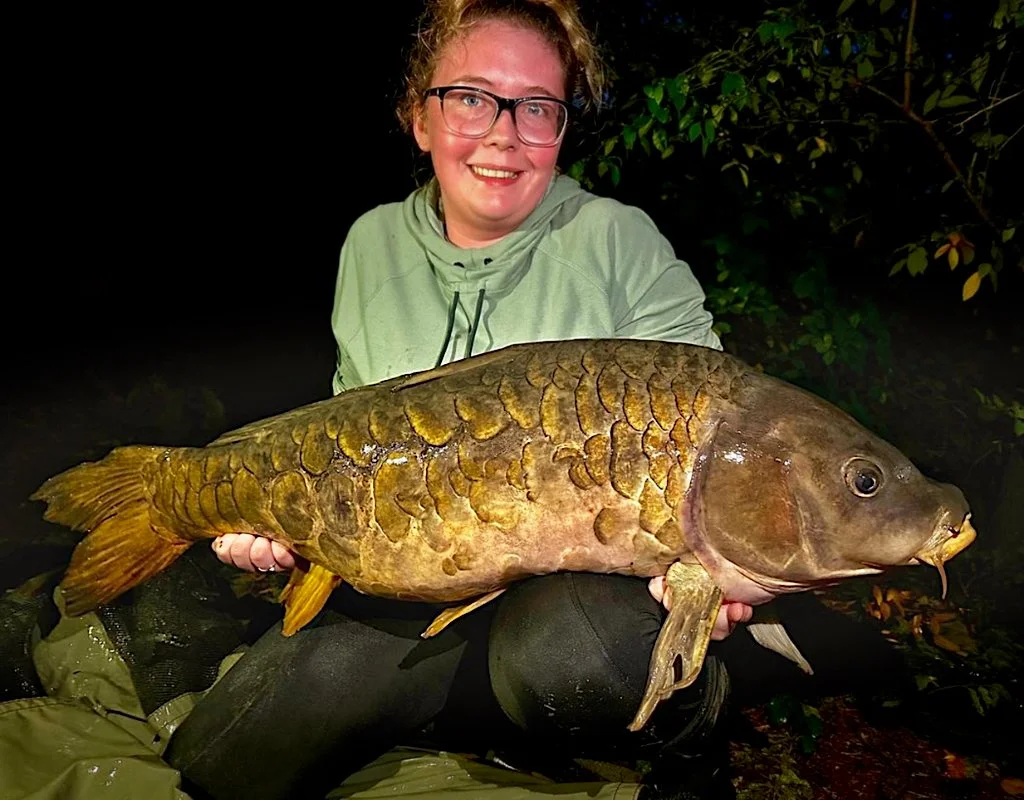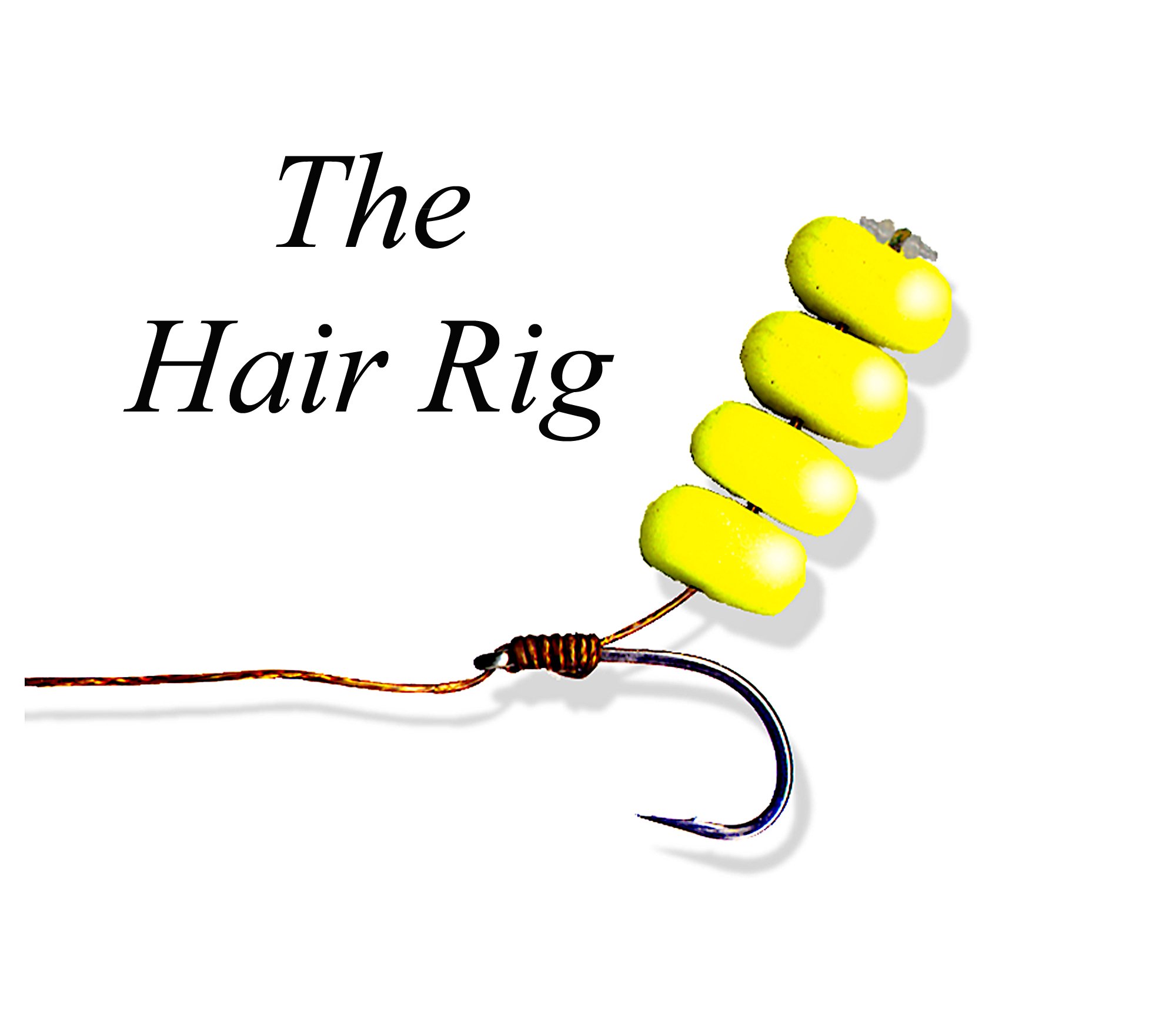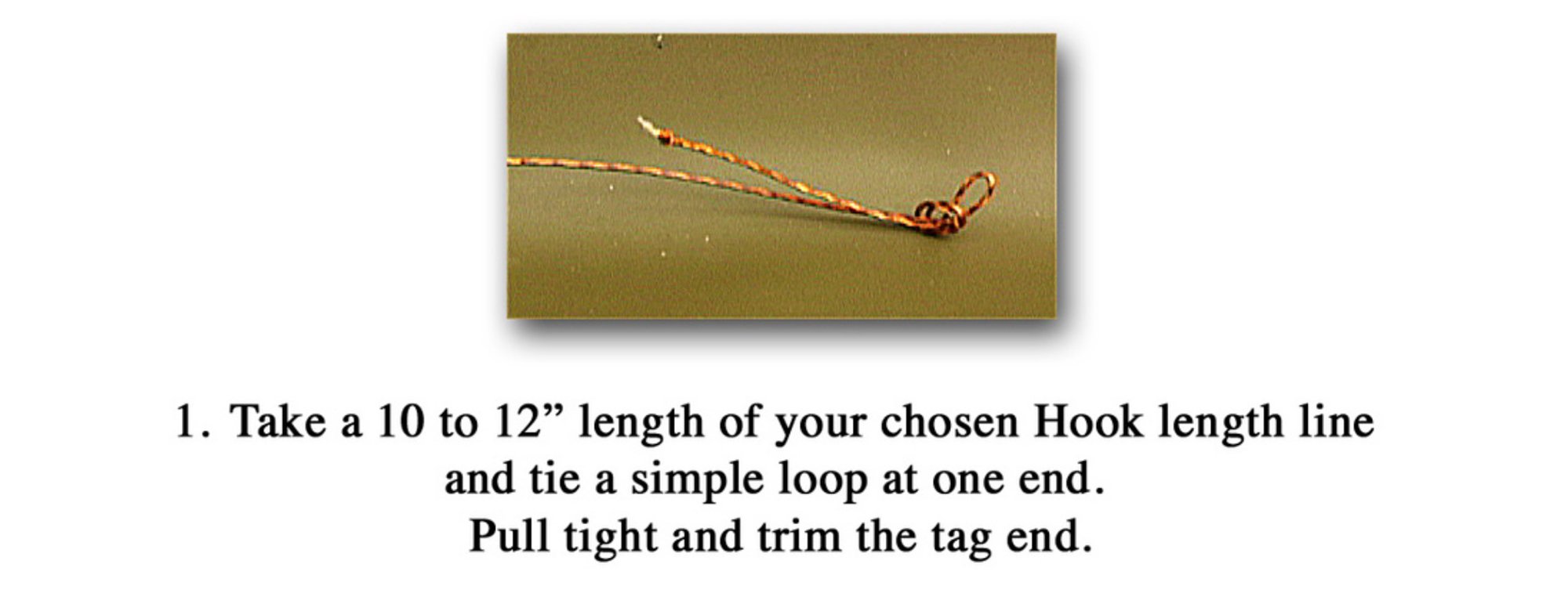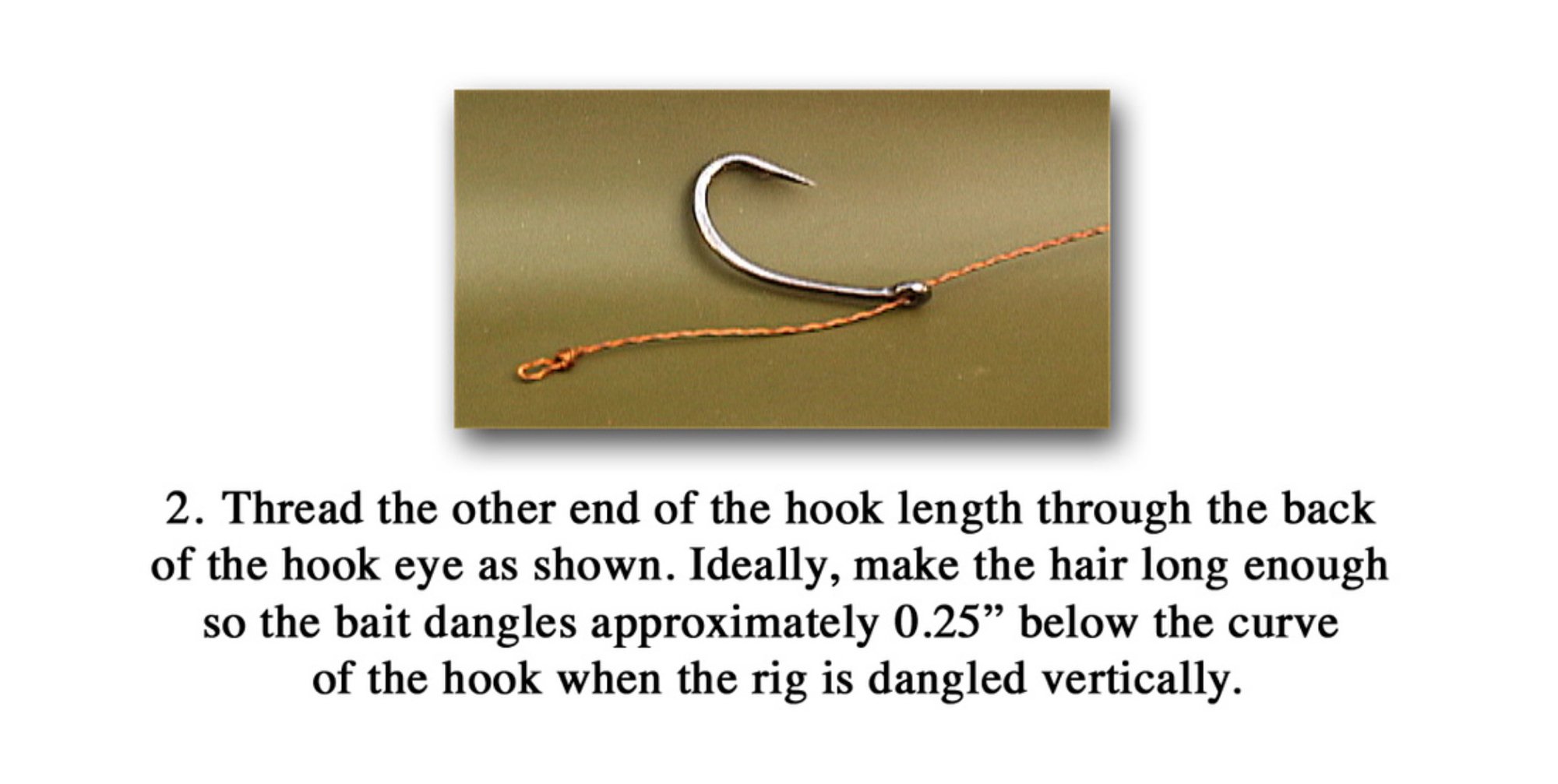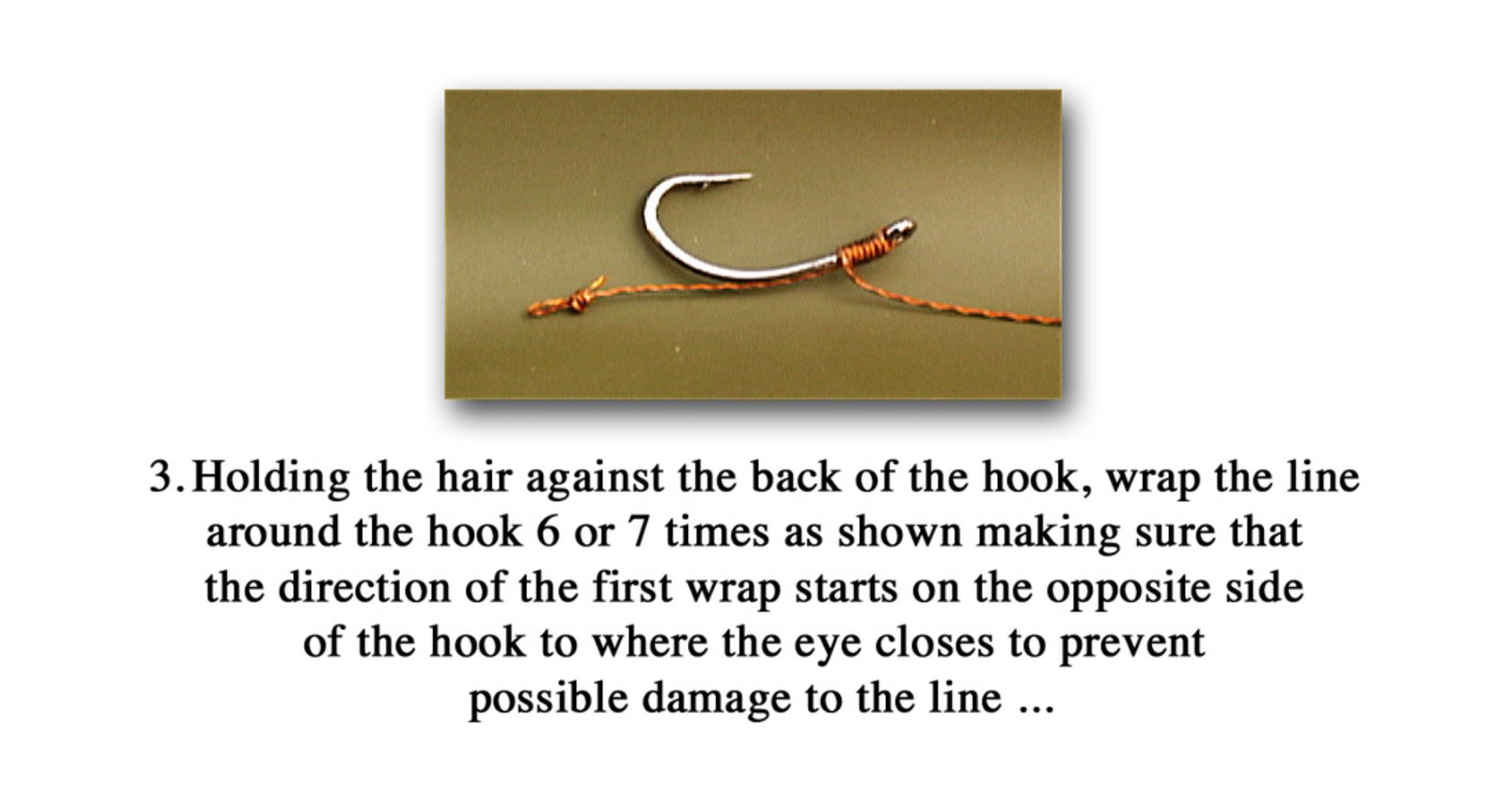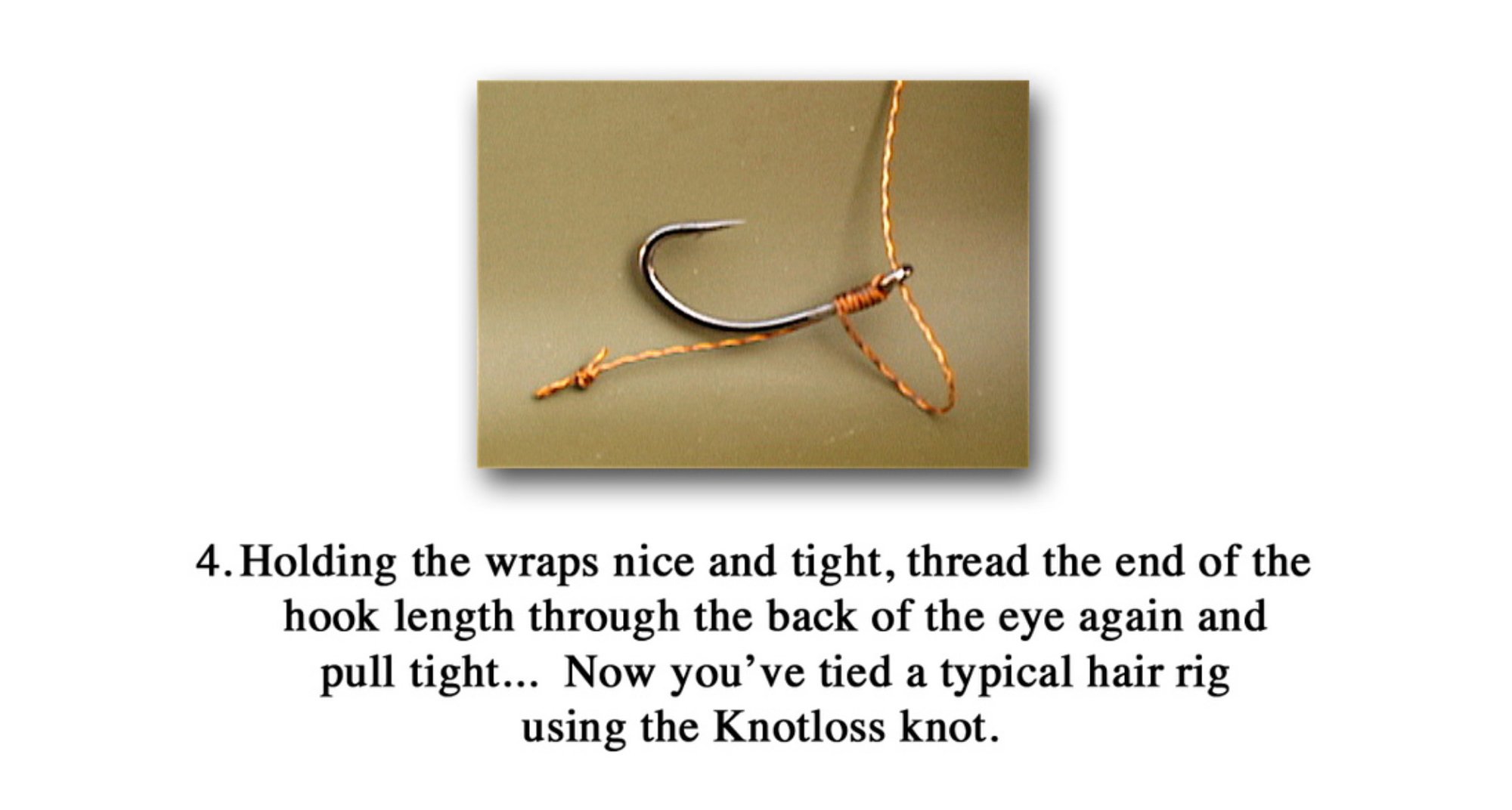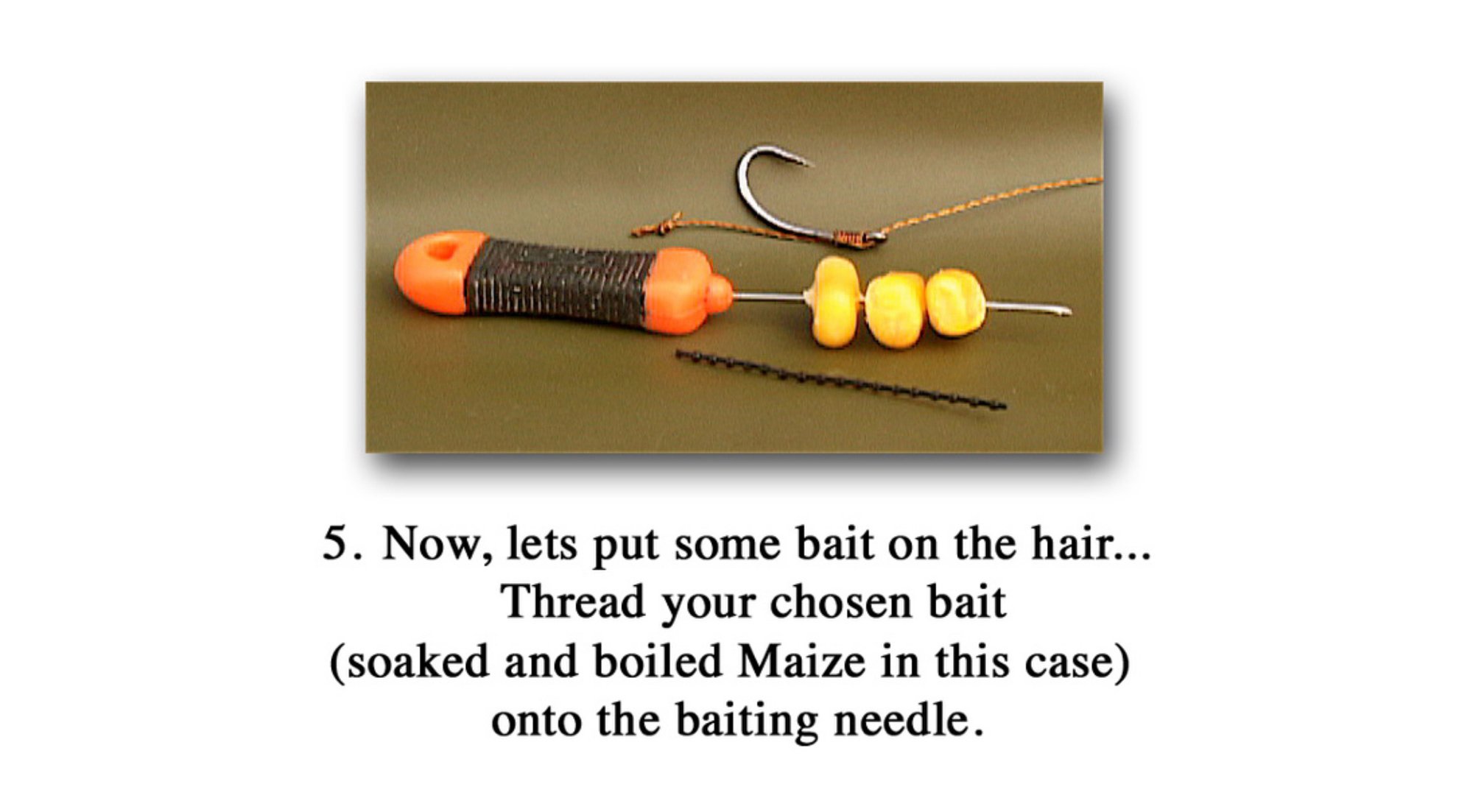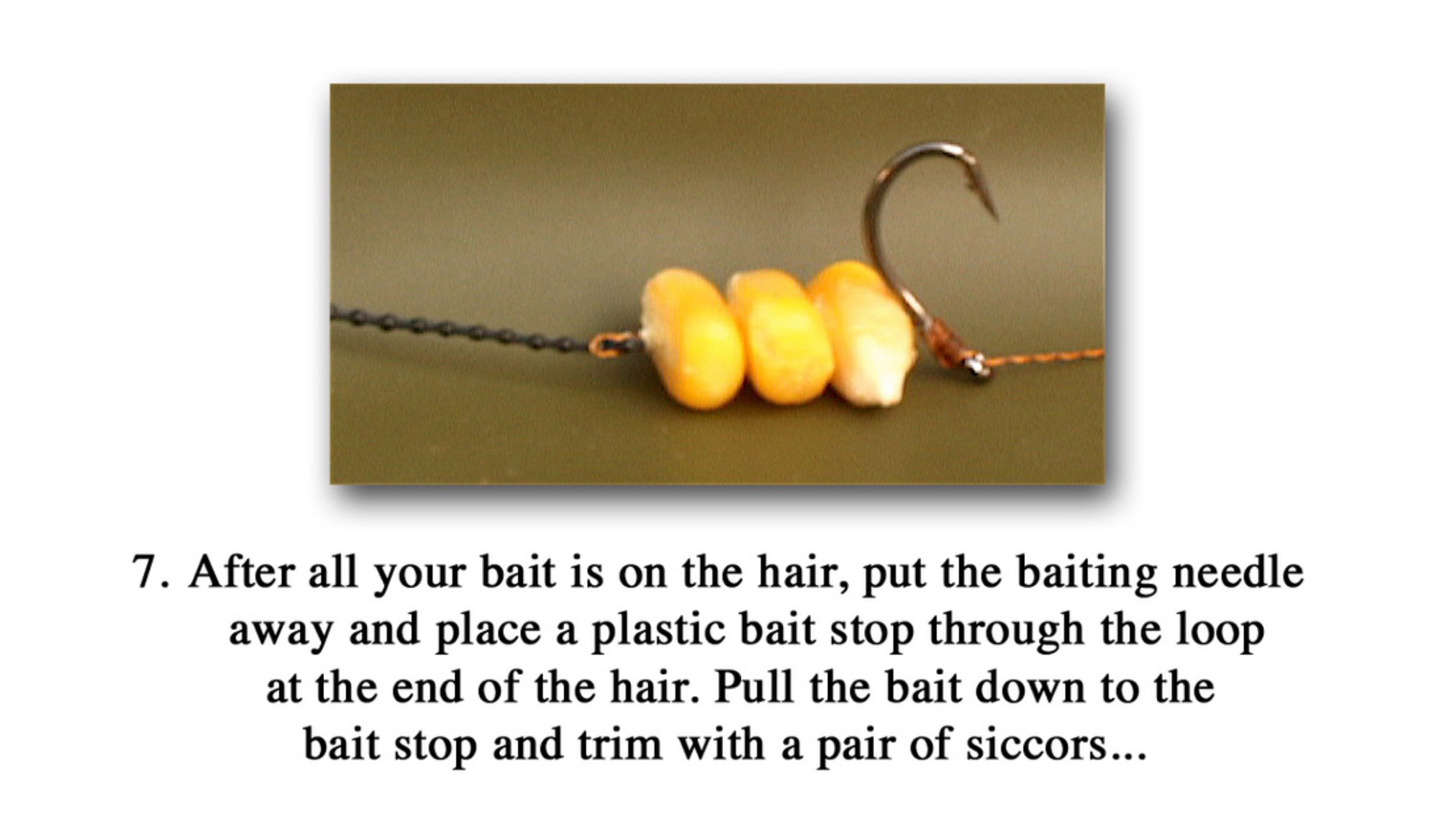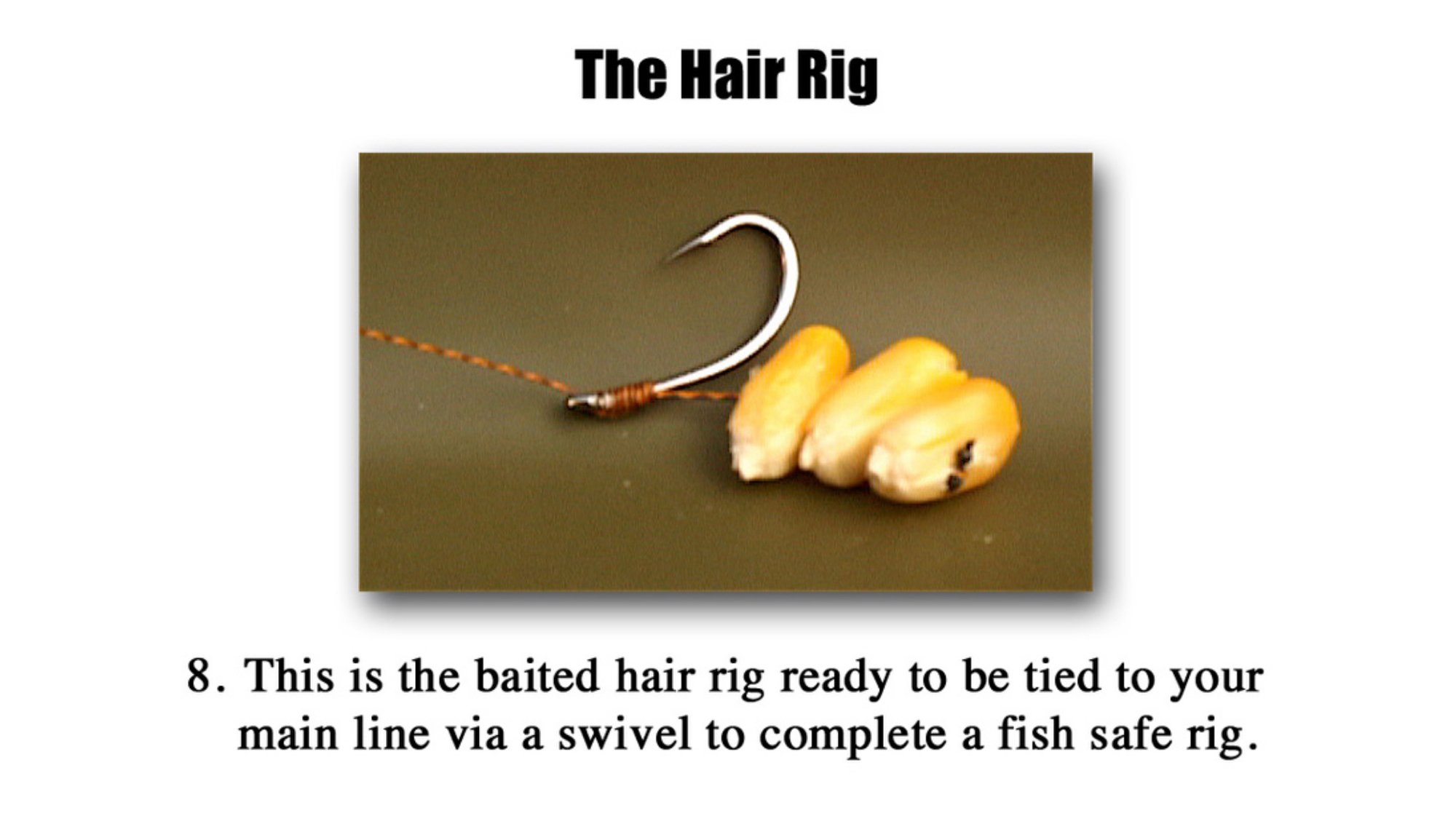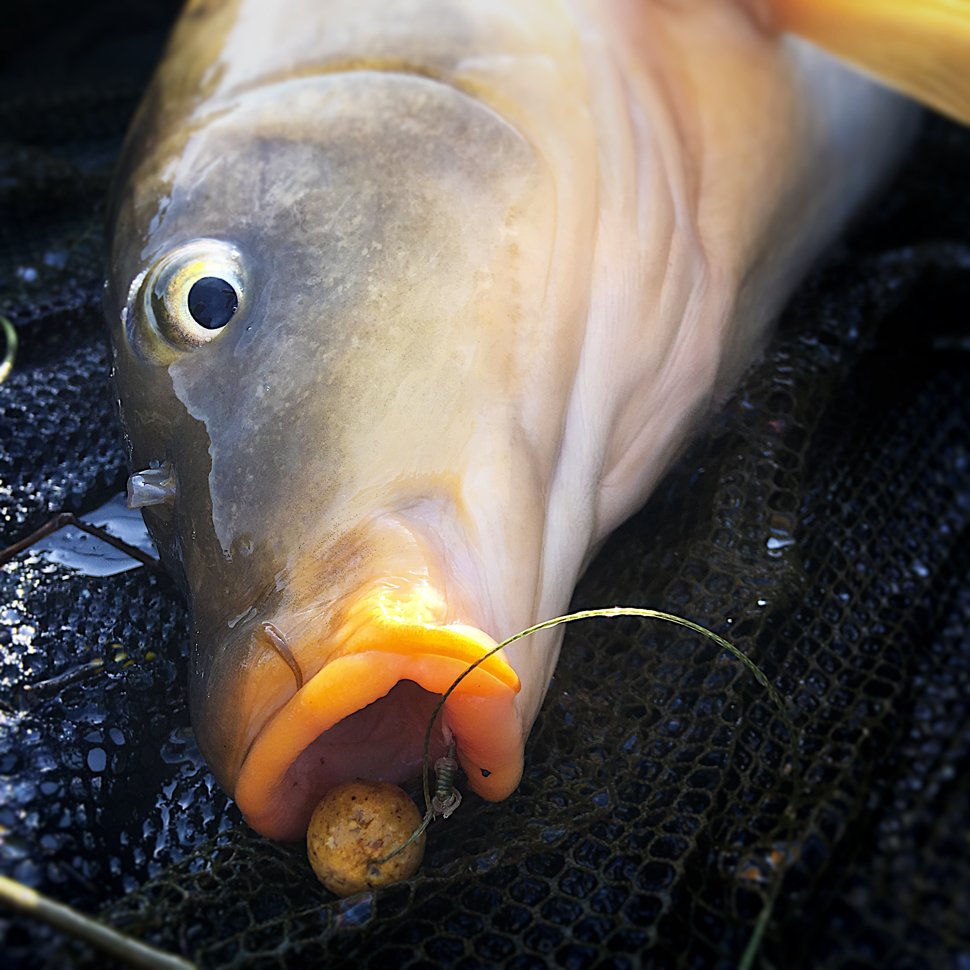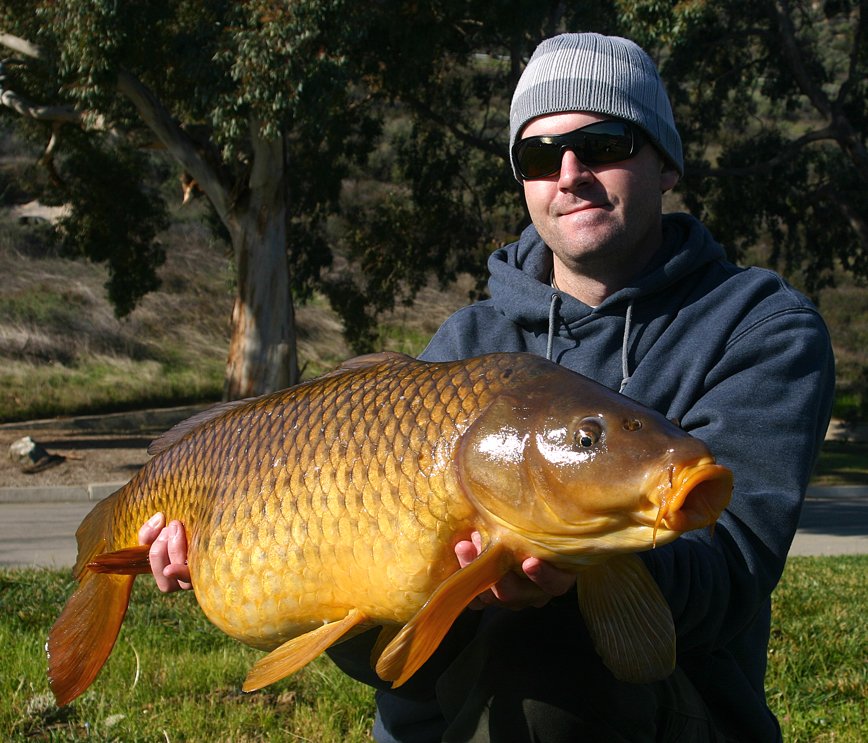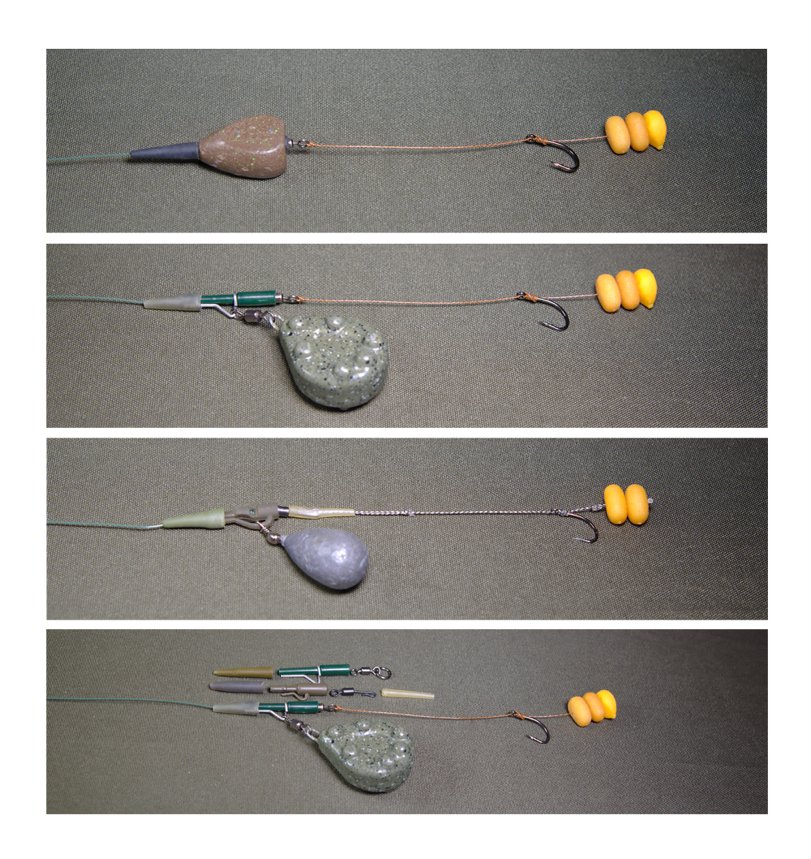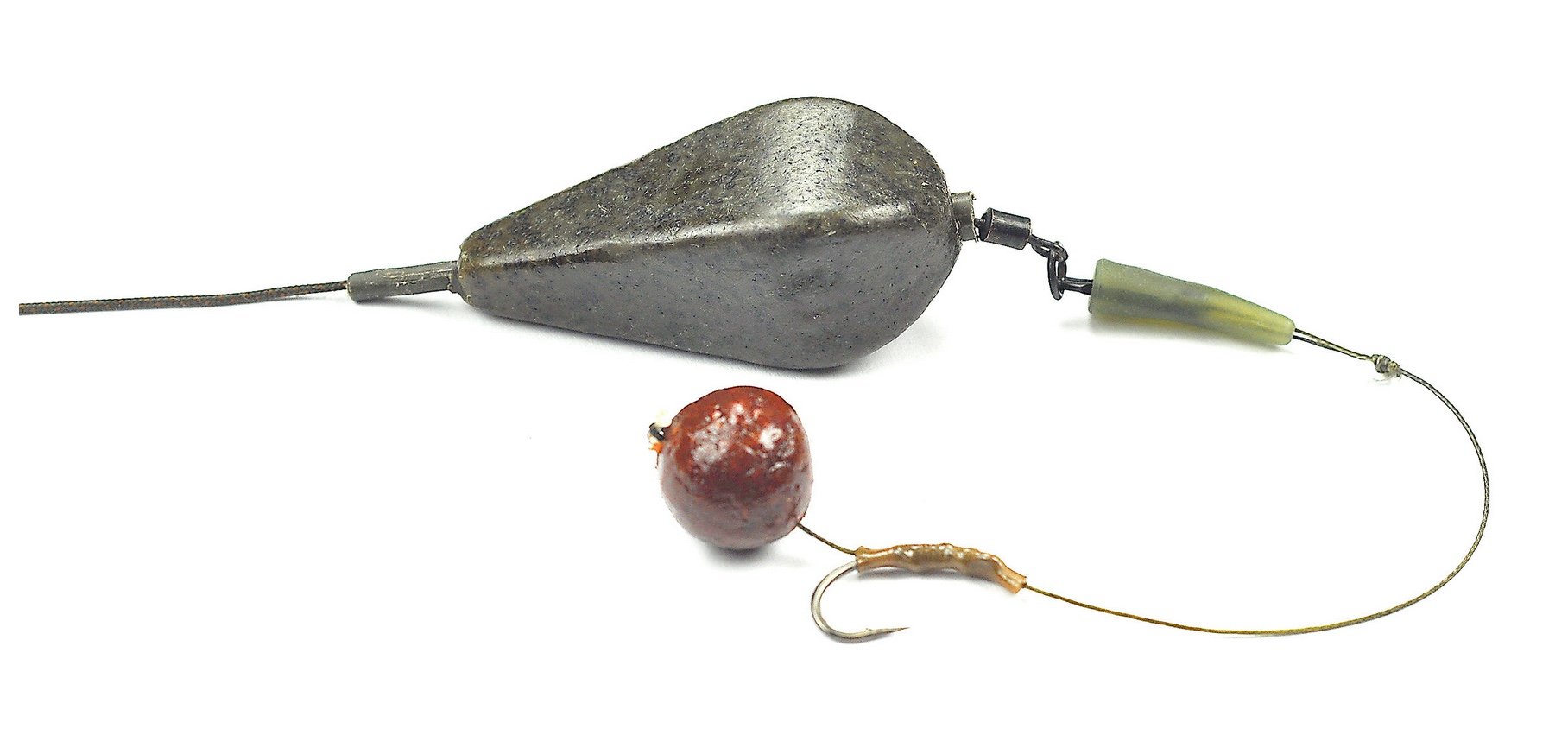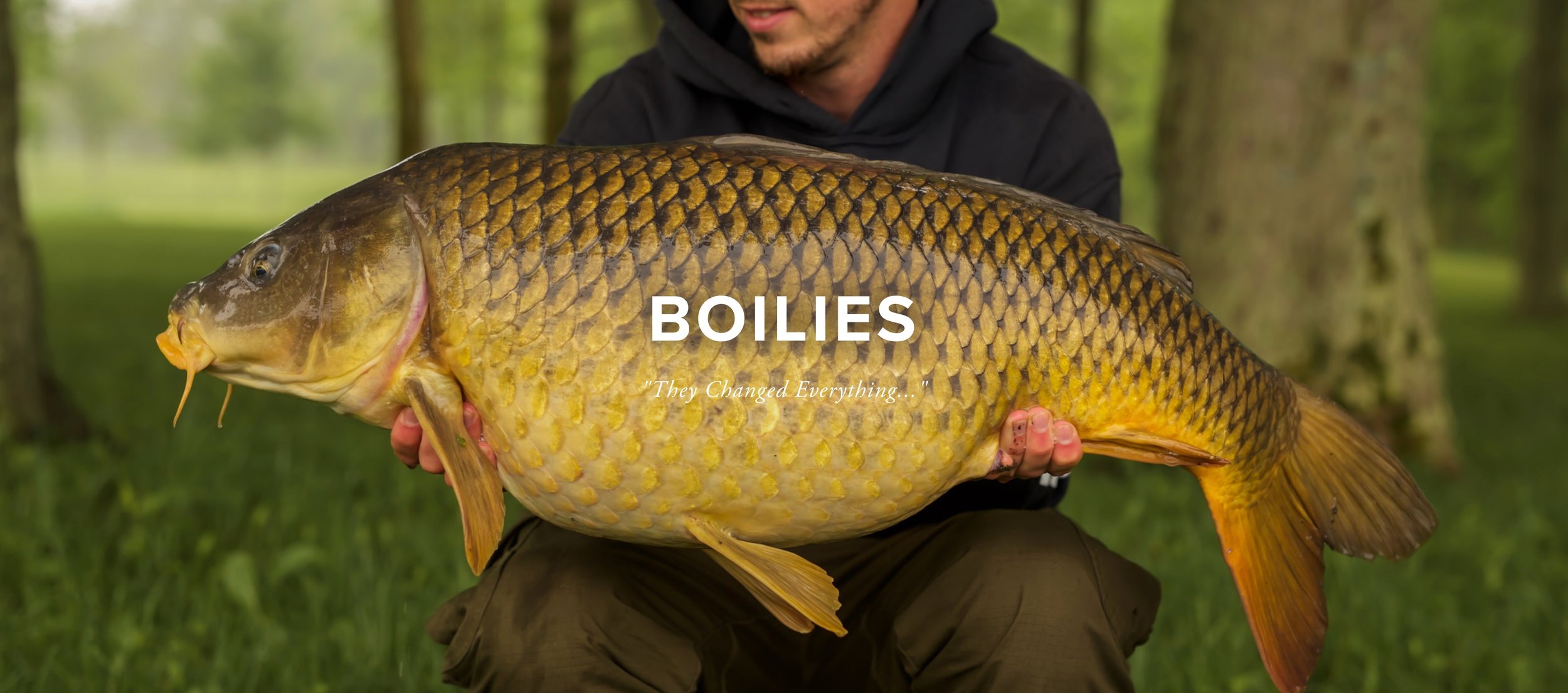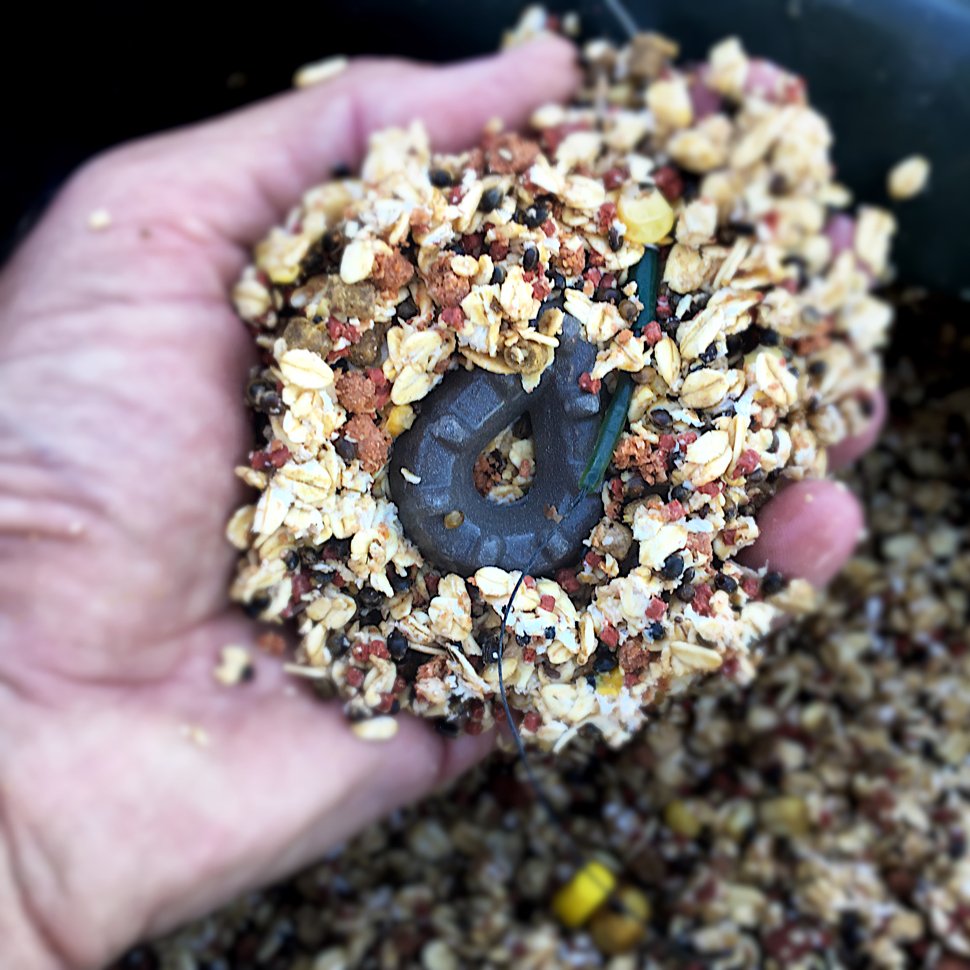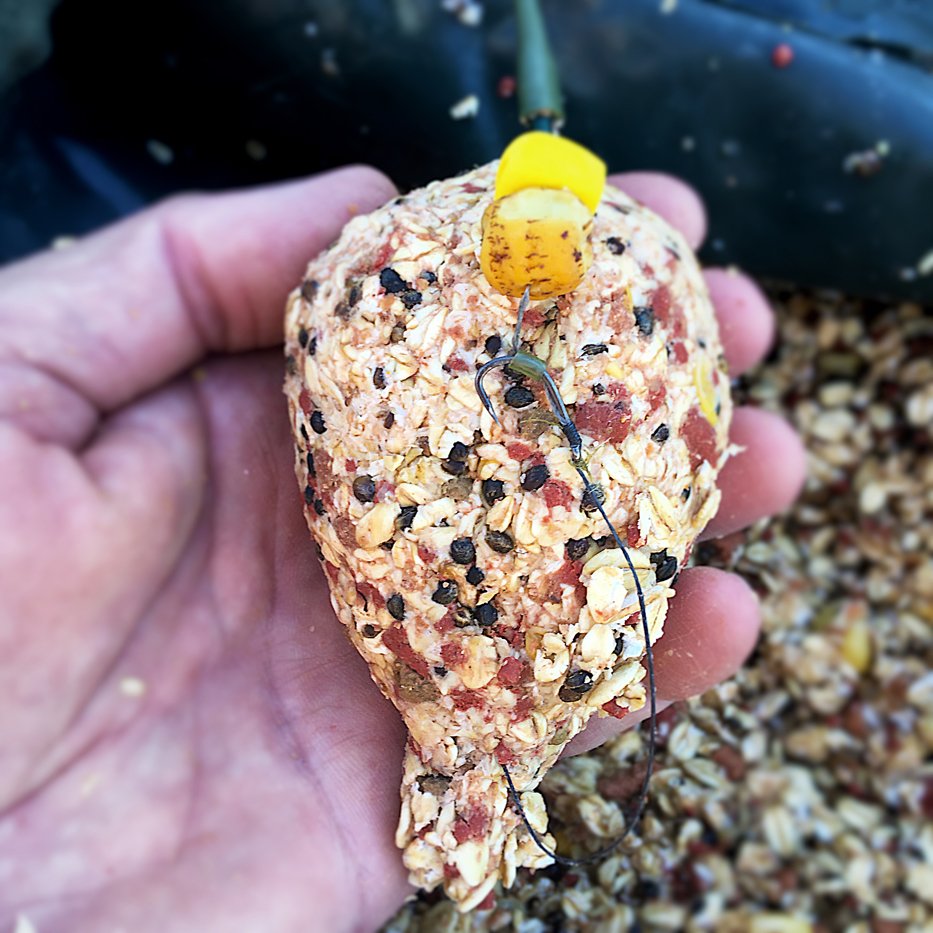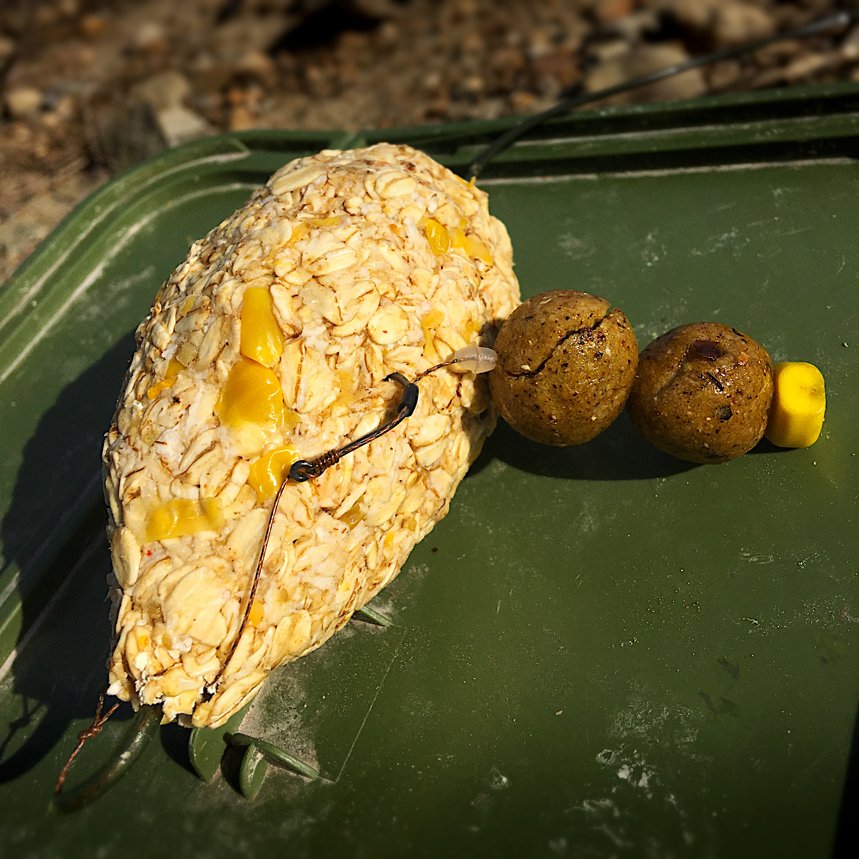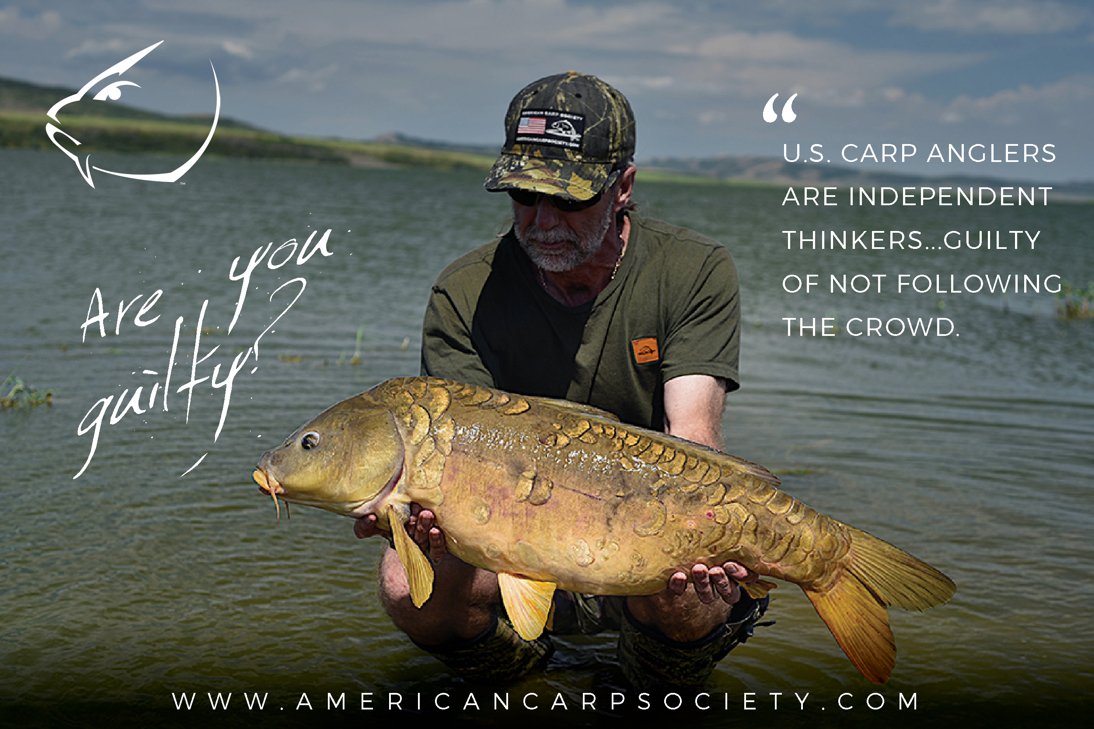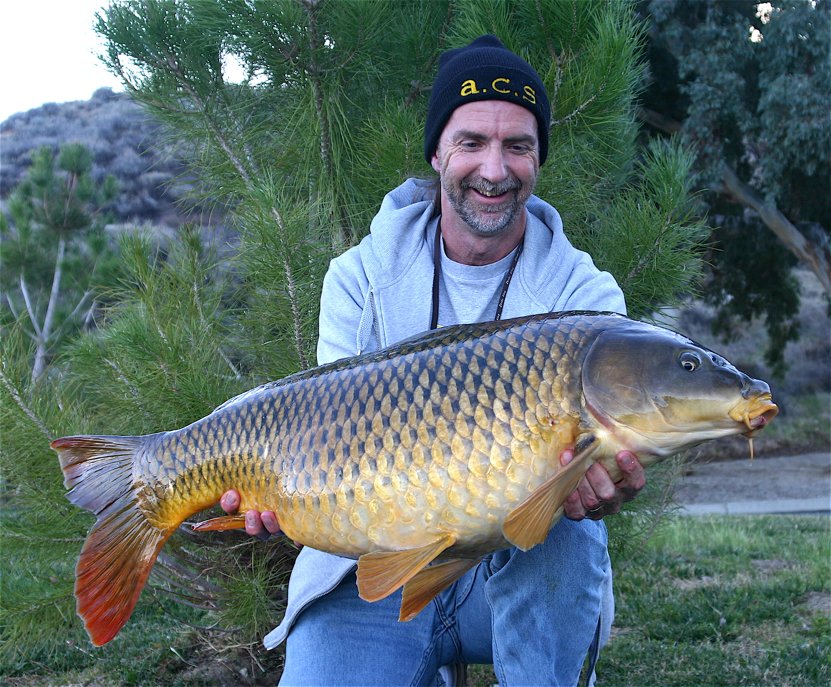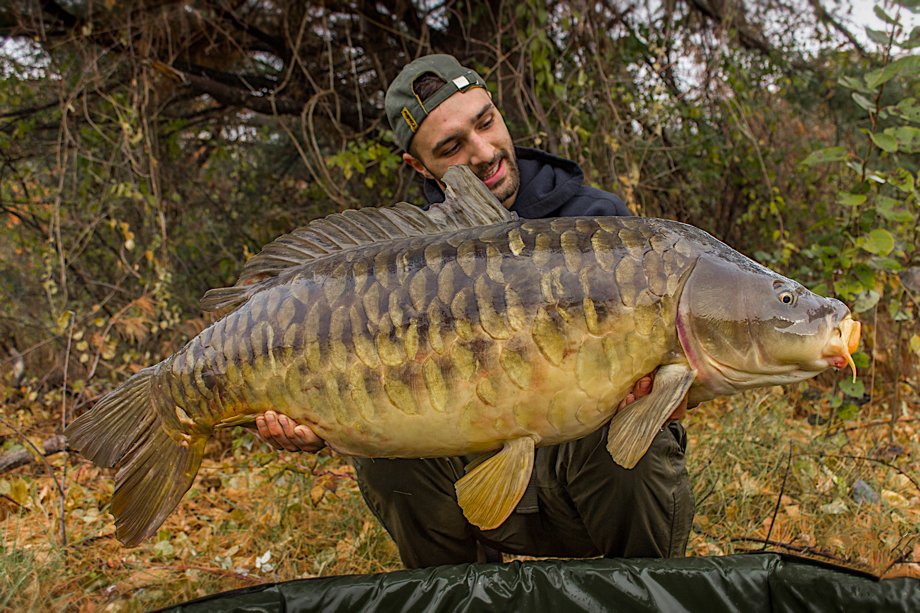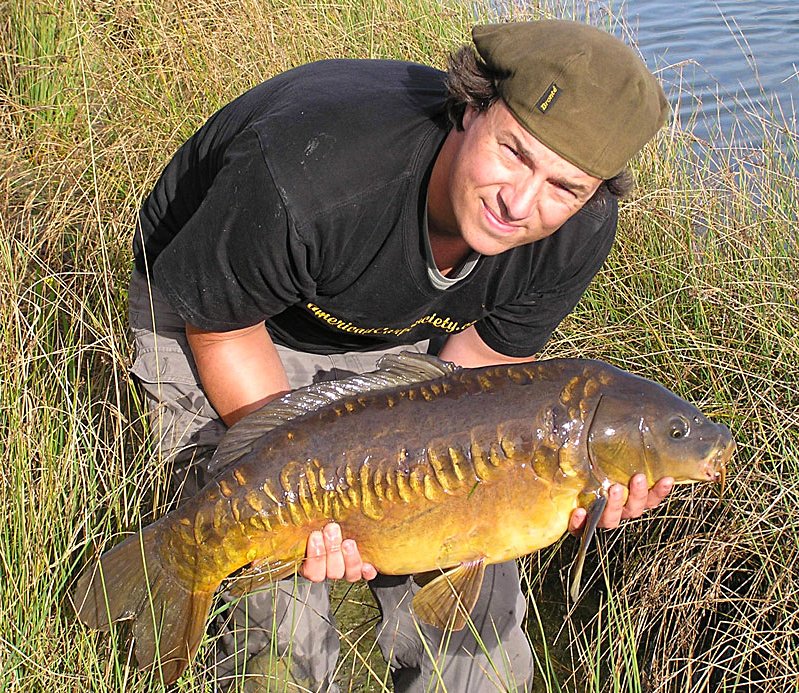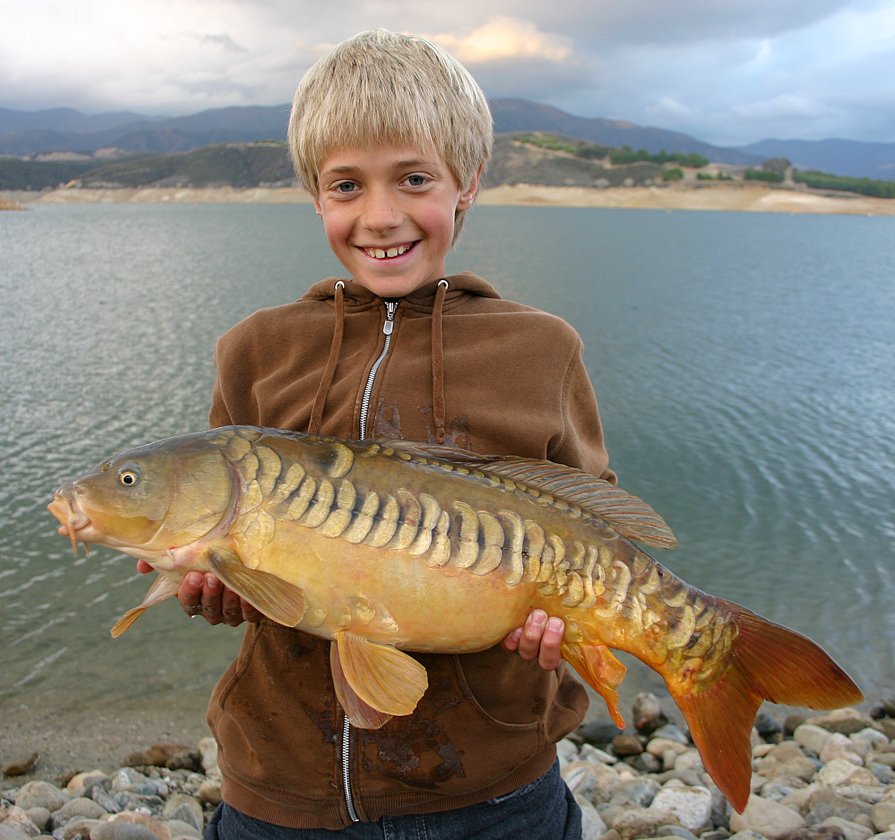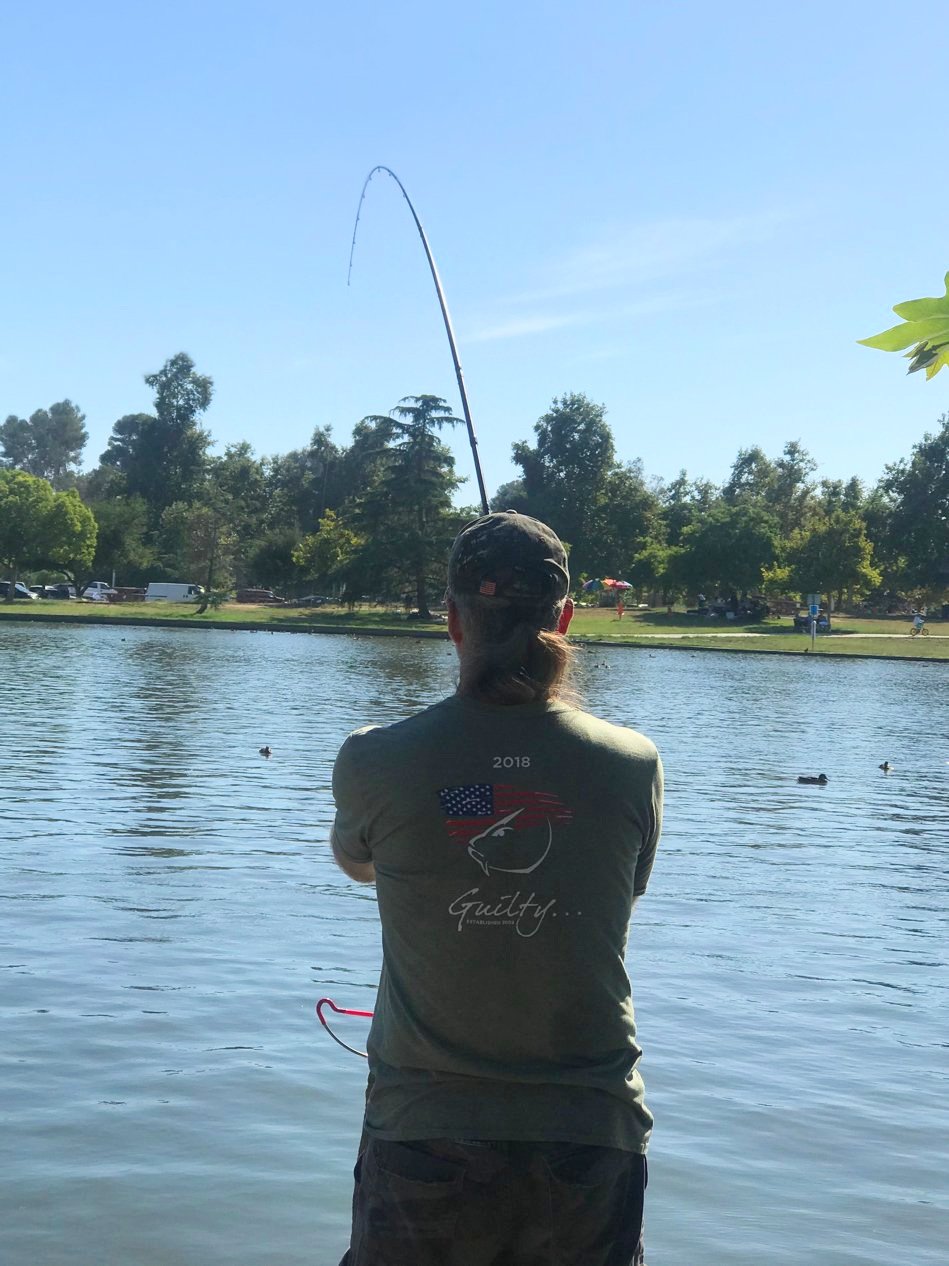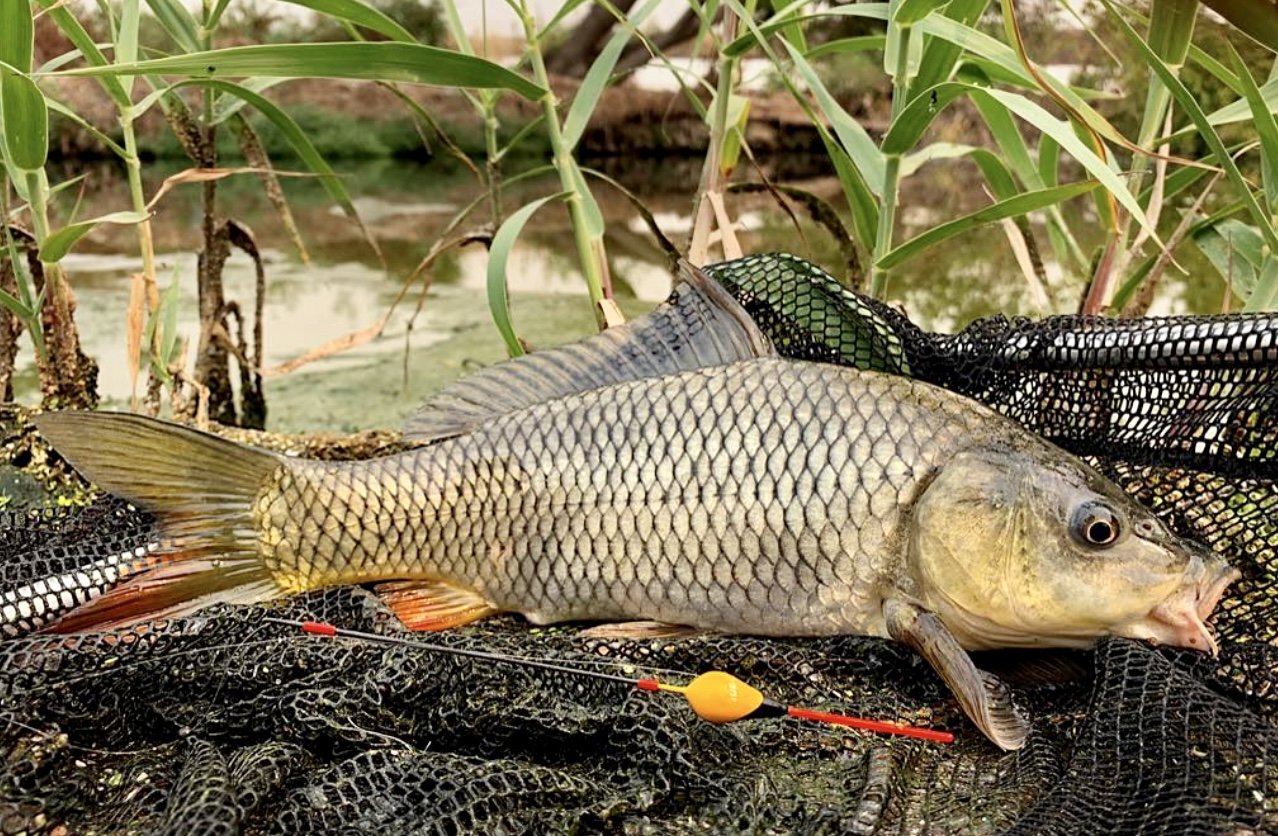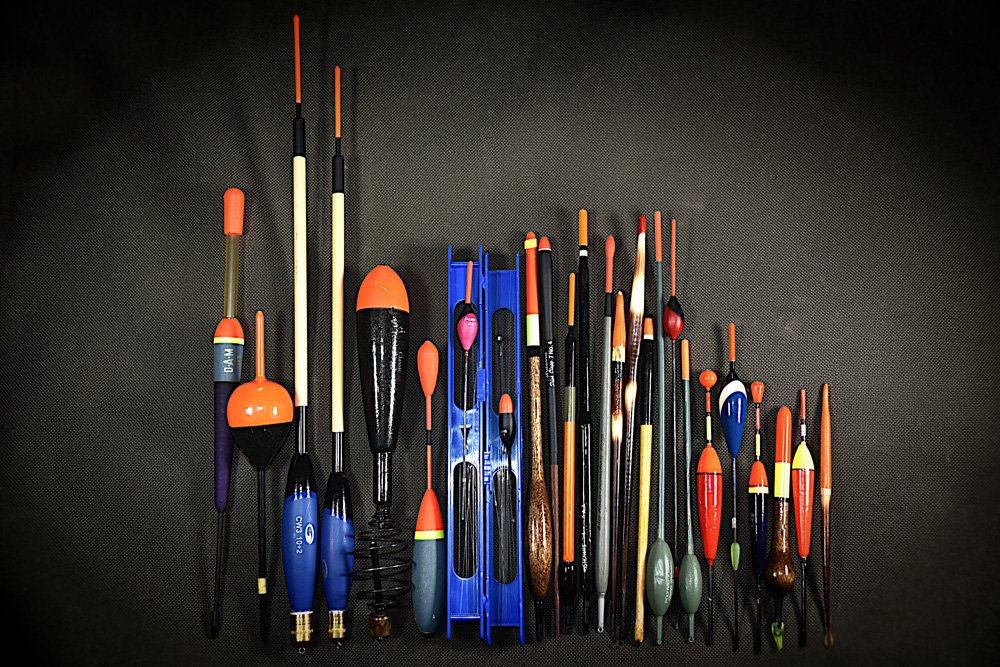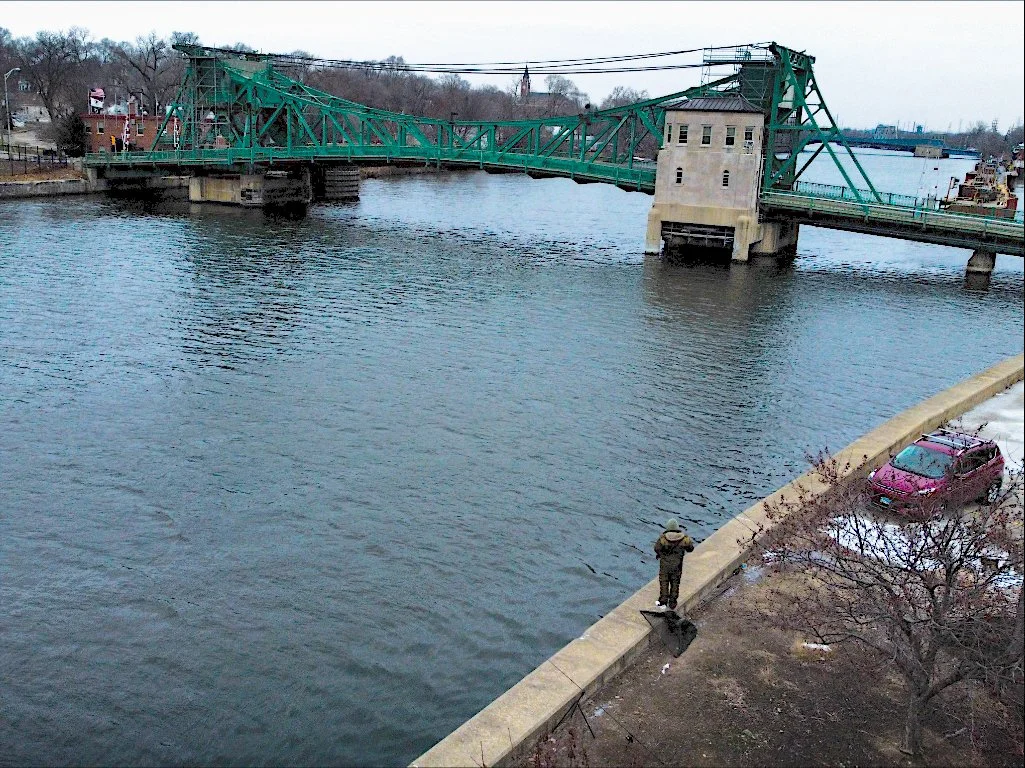I recently took a road trip back to visit Los Angeles and found my self walking a few of my old haunts/fishing holes and while I have plenty of fantastic memories, one of them brought back a gush of emotion. Not for the big fish but for the challenging and often extreme conditions/environment that the fish have to endure…tbh, it’s not so easy on the anglers either lol… So I got back home to East Texas and dug out a few LA River system carp capture photos that I had on my local hard drives…and here we are :)
Even though I’d lived and fished in the Los Angeles area for nearly 35 years, I’m a little embarrassed to say I don’t know much about the river systems at all… I say river systems because there are around half a dozen tributaries that run into the LA basin. One stretch in particular was a really handy stretch of water 10 minutes drive from my house that I visited to catch carp in the 3 to 10 lb range when I have a few hours free to fish. It scratched the itch, you know…






